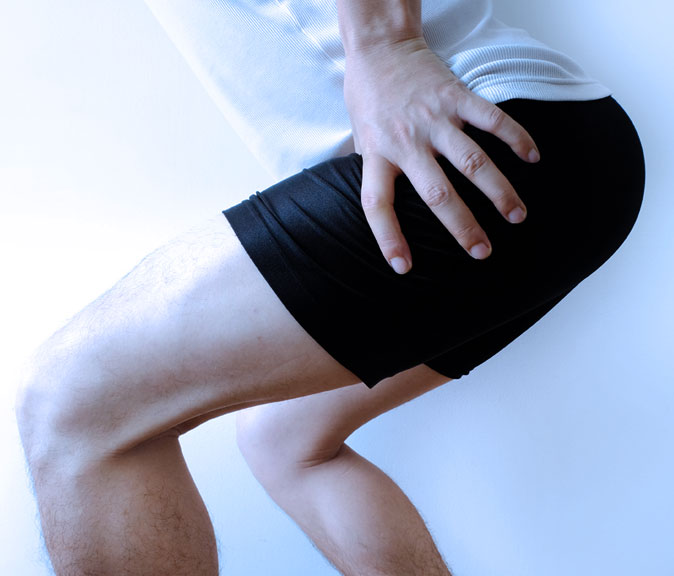Find a therapist
The Network of professional massage therapists of Quebec brings together more than 8,000 massage therapists
Member and insurer access
Find a therapist
The Network of professional massage therapists of Quebec brings together more than 8,000 massage therapists
The hip is the lower limb articulation that connects the femur to the pelvis. Named coxo-femoral, it is the center of a large muscular mass and numerous ligamentous structures that gives it the stability and power to walk and stand still. The hip also has an important role in the many rotation and flexion movements of the body. It supports about 2/3 of the body weight.
The hip is vulnerable to cartilage lesions. Certain pathologies affecting it may require surgery. Coxalgia¹ stands for pain located in the hip.

The therapist is a muscle and joints specialist. His solid training allows him to efficiently act on several hip affections. Following the interview, the therapist will use, in appropriate cases, a massage to warm up tissues, reduce contractures and increase blood flow; essential oils and rubefiants (products with a muscular effect) as well as kinesitherapy techniques to restore the hip’s full amplitude and mobility.
To complete the session, the therapist will also recommend rehabilitation exercices.
The term therapist is used to signify a massage therapist, a kinesitherapist or an orthotherapist.
1.It is important to take note that your therapist cannot perform pathology diagnostics since only doctors have the competence to make a medical diagnosis. However, your therapist may act effectively to relieve your hip pain.
2.ibid.
3.ibid.